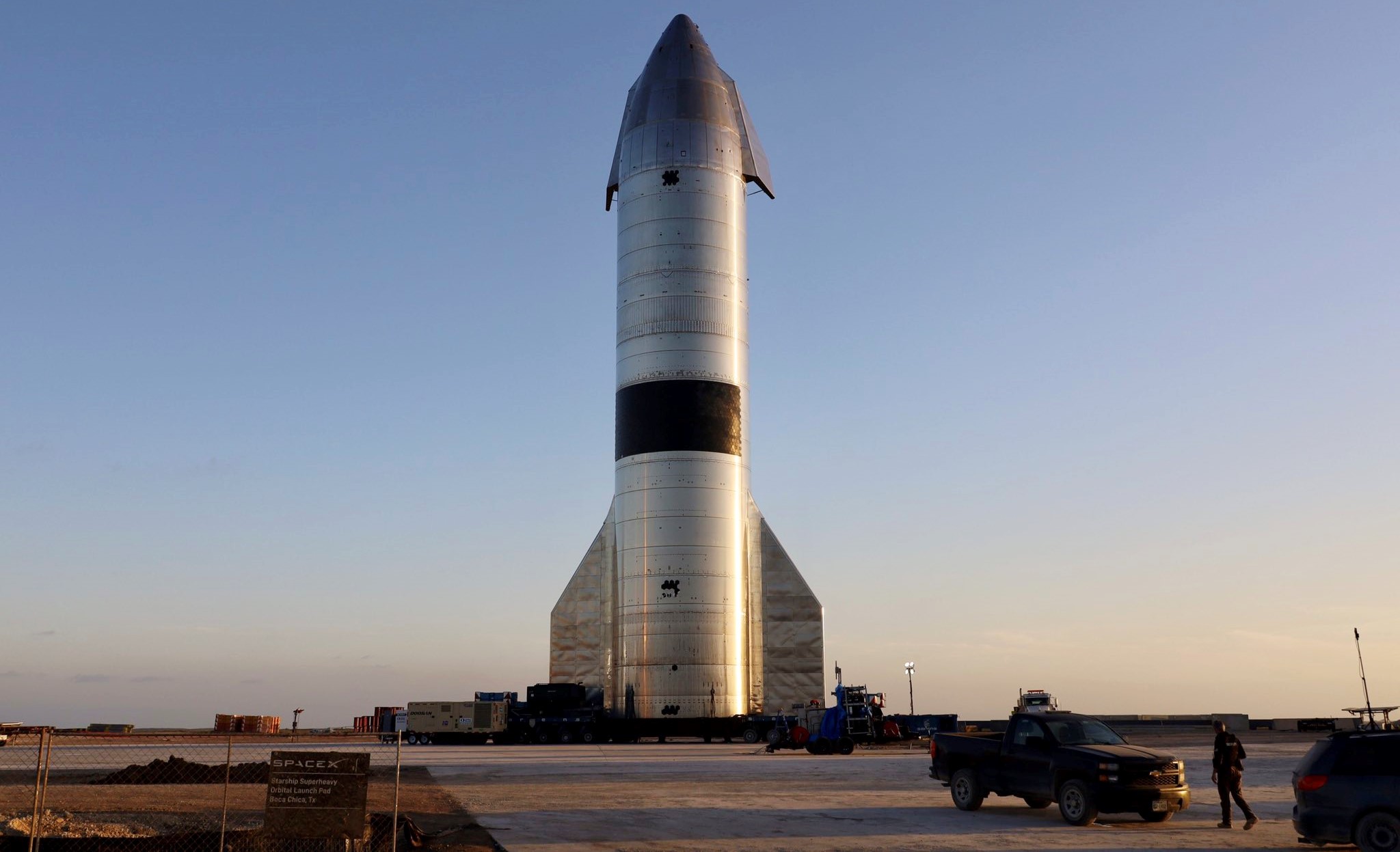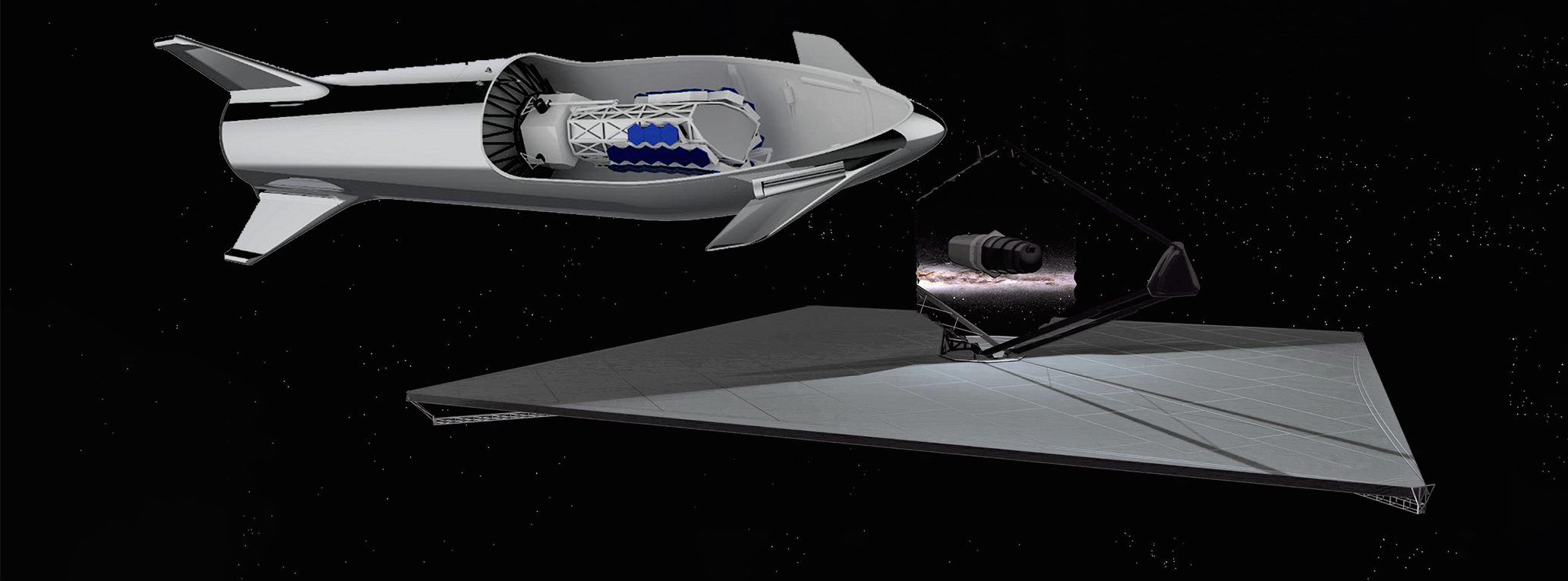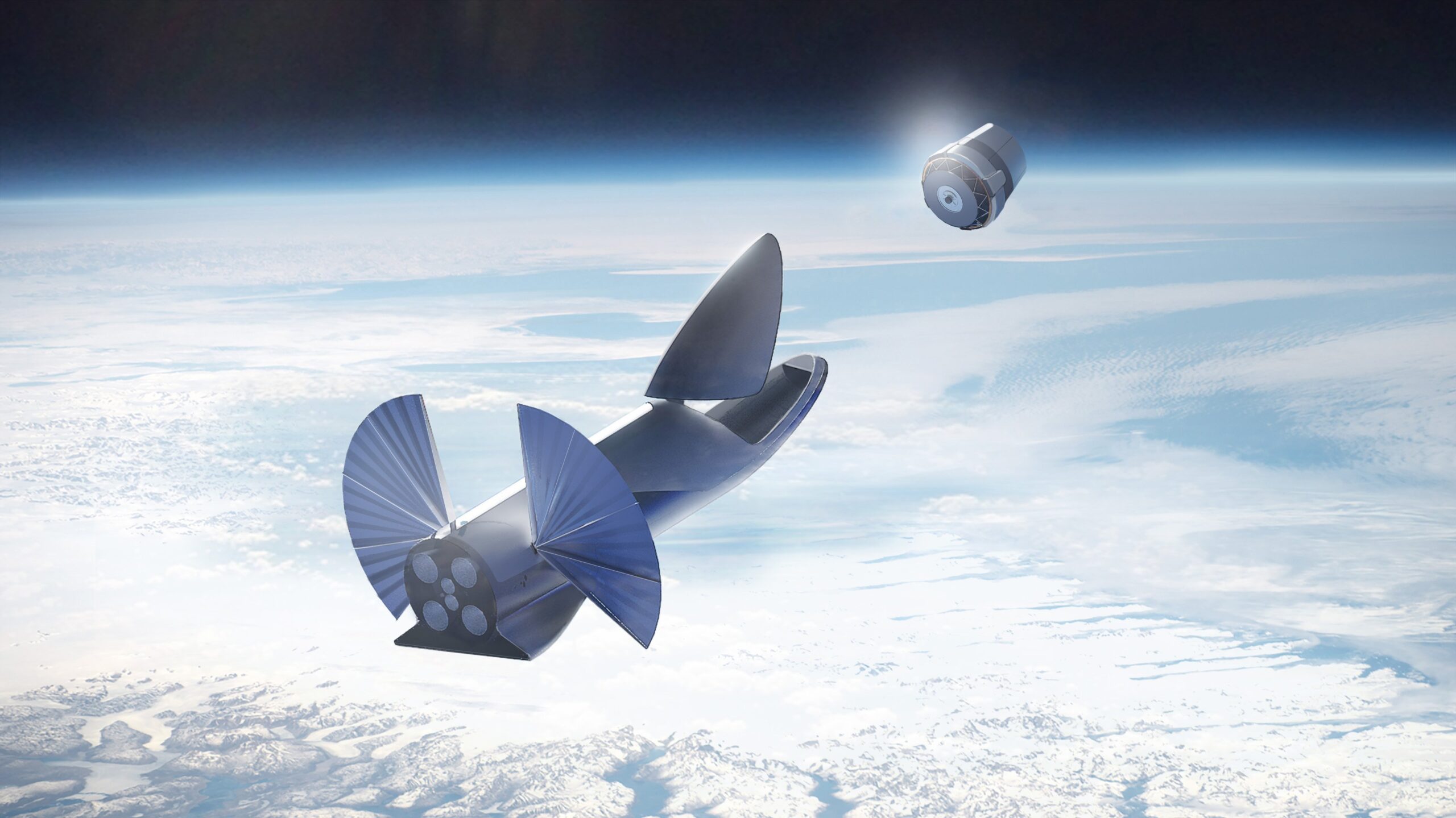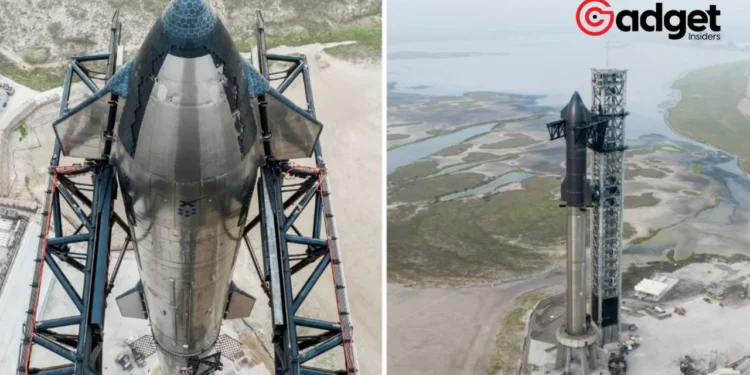Space Exploration Technologies Corp., better known as SpaceX, is on the brink of making history with its colossal Starship spacecraft. The anticipation builds as the aerospace manufacturer targets a March 14 launch, contingent on regulatory nods. This attempt marks SpaceX’s third bid to achieve orbit with Starship, underscoring the ambitious strides the company is taking under the visionary leadership of CEO Elon Musk.
As the world watches, Musk isn’t merely focusing on the immediate hurdles. The tech mogul is already plotting the course for interplanetary travel, specifically the journey to Mars.
“Starship will have a small spin on the way to Mars,” Musk declared, responding to a suggestion from Id Software founder John Carmack about experimenting with spin gravity.
SpaceX Revolutionizing Space Travel: The Quest for Artificial Gravity
The absence of gravity in space poses significant health risks to astronauts, from the loss of bone density to vision-impacting conditions. SpaceX’s solution? Artificial gravity through rotation. This concept isn’t new; it has been a fixture of science fiction and theoretical physics for decades. Yet, Musk’s intent to apply it to the Starship journey to Mars brings the idea closer to reality than ever before.

The challenges in implementing artificial gravity are manifold. Creating enough centrifugal force to mimic Earth’s gravity requires a delicate balance of size and speed, not to mention the potential for motion sickness and uneven gravitational effects on the body.
Despite these hurdles, the idea has garnered attention and potential solutions, including tethering two spacecraft together to create a larger radius for rotation.
Beyond Science Fiction: The Global Race for Artificial Gravity
SpaceX is not alone in its pursuit of turning science fiction into science fact. Global aerospace giants like Airbus, alongside space agencies such as NASA and companies like Blue Origin, are exploring the feasibility of spinning space stations and capsules to create artificial environments conducive to human health in space.
These initiatives reflect a growing recognition of the need for sustainable human life beyond Earth, particularly in light of the long-term health risks associated with microgravity.

Elon Musk: A Journey Filled with Uncertainty
The spacecraft’s journey to orbit remains unproven, with previous attempts ending in dramatic failures. Musk’s optimism and forward-thinking proposals often walk a fine line between visionary and overly ambitious, warranting a cautious interpretation of SpaceX’s timeline and capabilities.
Elon Musk Says Starship Will Spin for Artificial Gravity https://t.co/lmzUZl5ZrQ
— Futurism (@futurism) March 11, 2024
Yet, the conversation around artificial gravity and the health of astronauts en route to Mars is a crucial one. As humanity edges closer to interplanetary travel, addressing the physiological and psychological demands of such missions is paramount.
Whether through a spinning Starship or alternative methods, the quest for a viable solution to the gravity problem underscores the complexity and ingenuity of human space exploration.

In this bold era of space travel, the lines between reality and science fiction blur. SpaceX’s Starship, with its proposed spin for artificial gravity, represents not just a technical feat but a leap toward making life sustainable beyond our planet.
As we stand on the precipice of interplanetary exploration, visionaries like Elon Musk challenge us to rethink the boundaries of possibility and embark on the most extraordinary adventure of our time.










